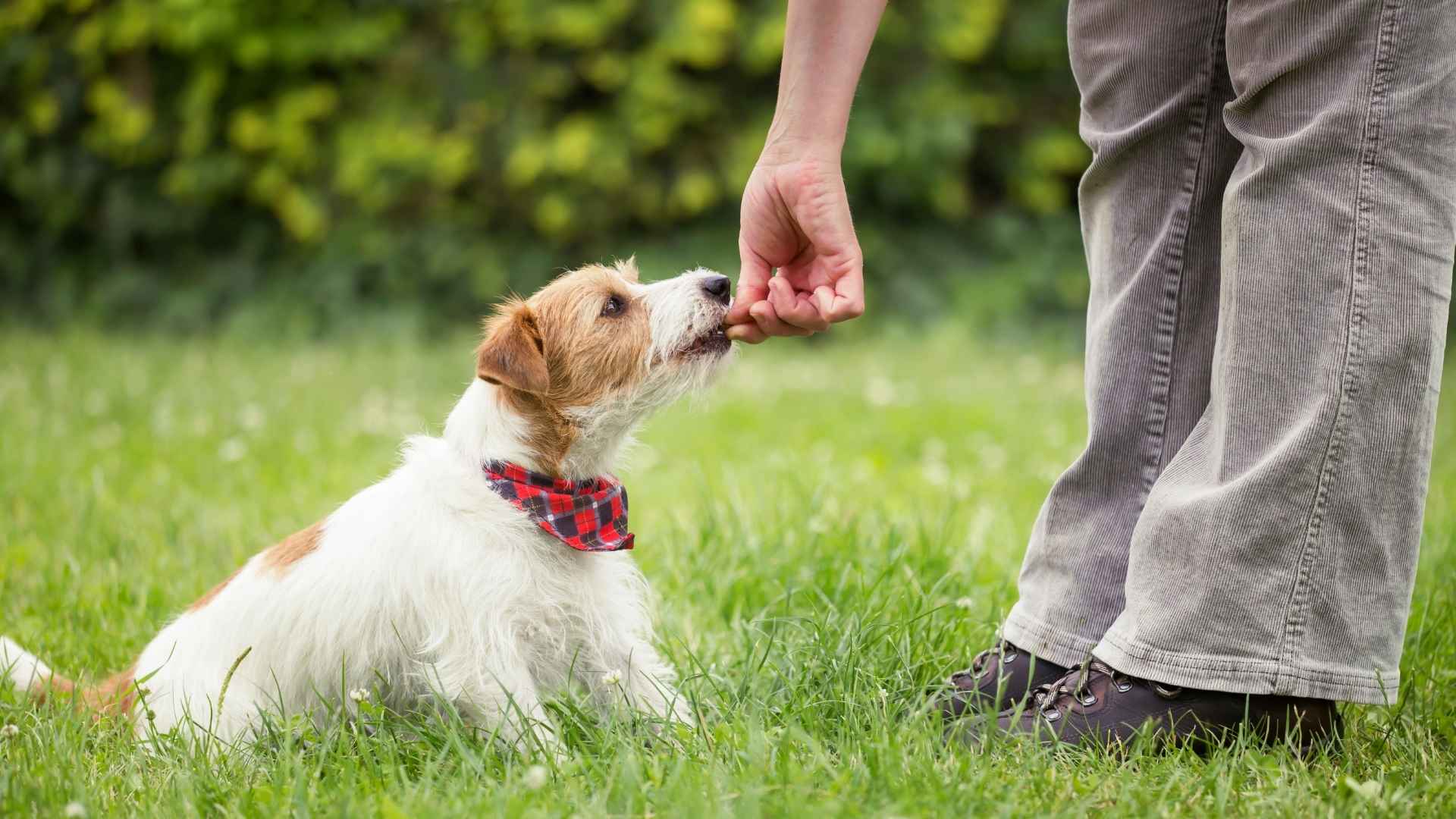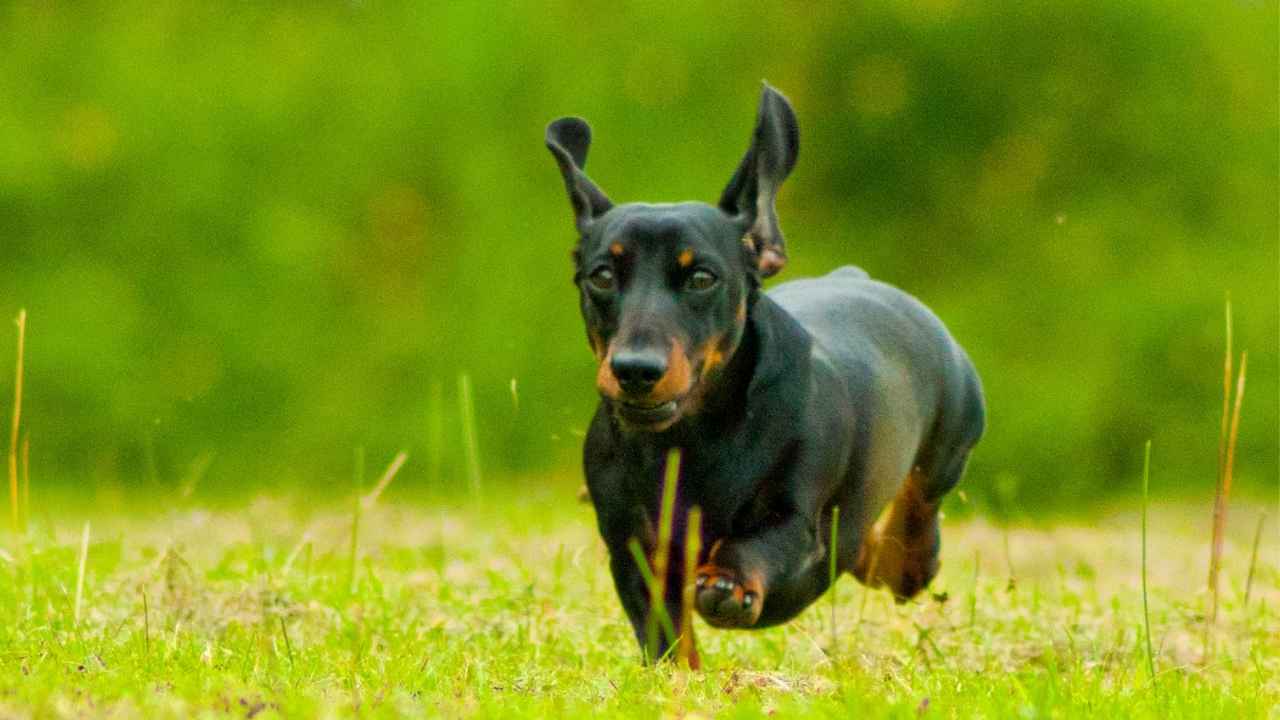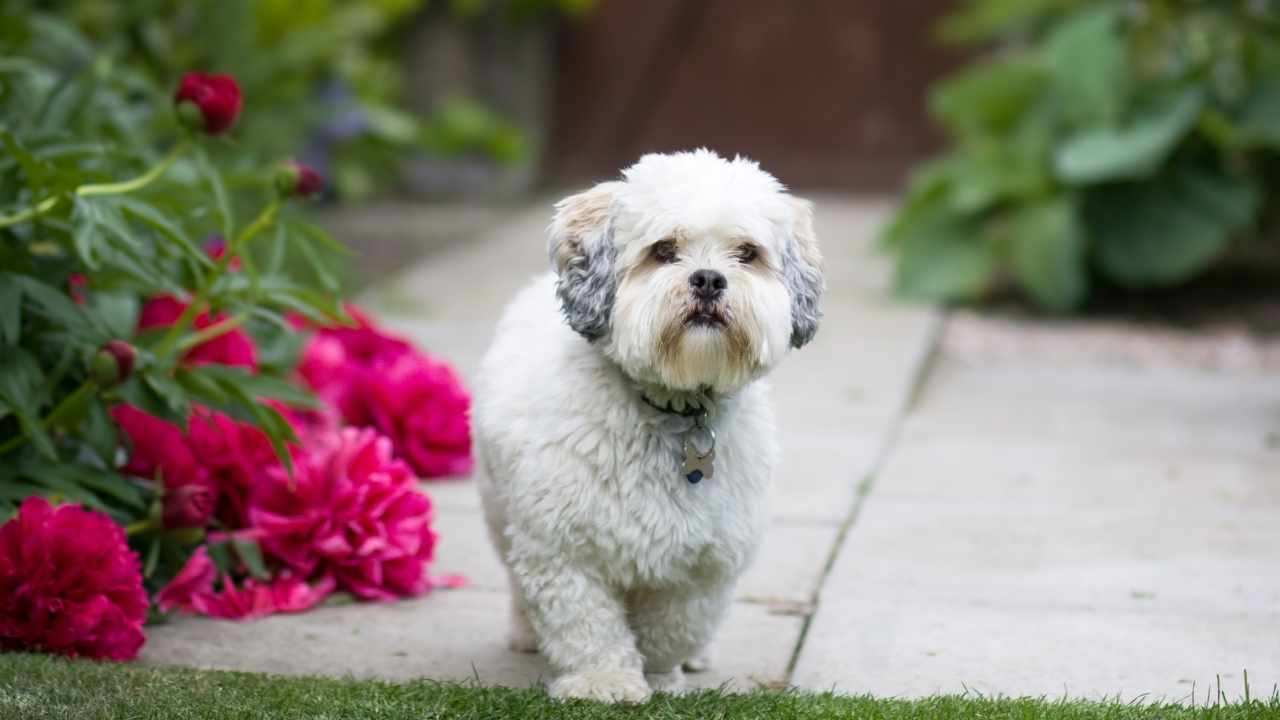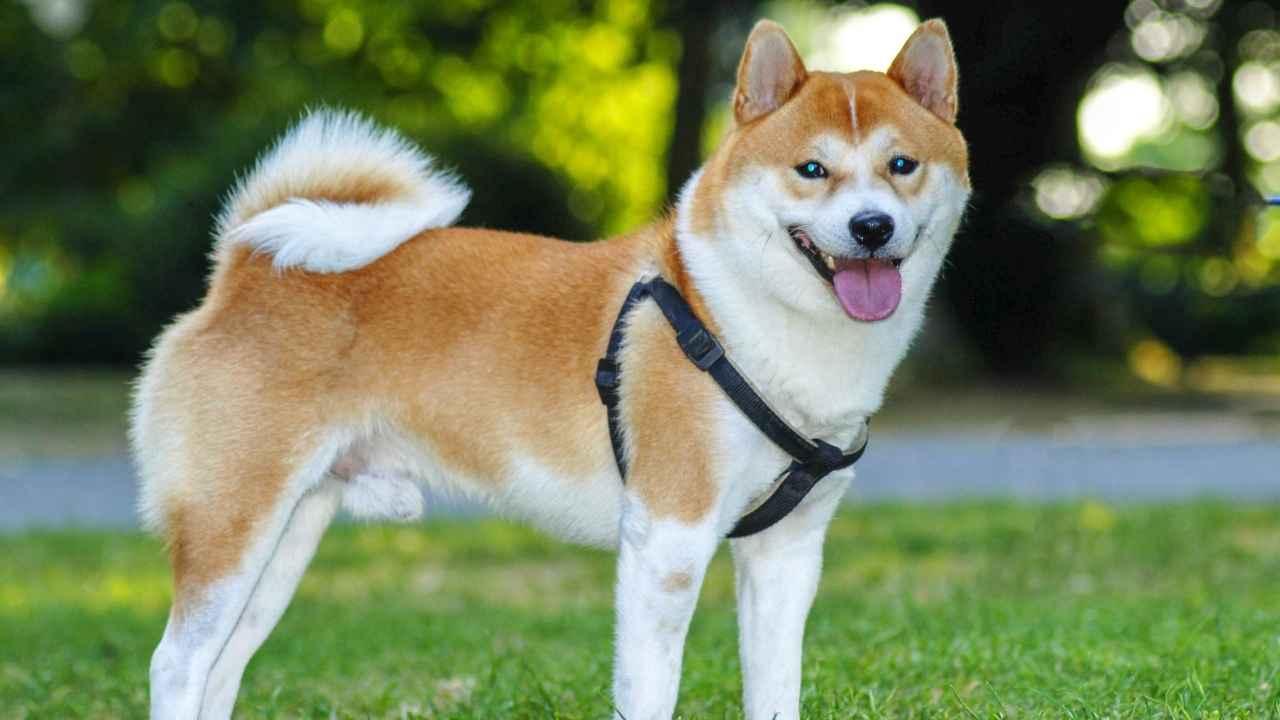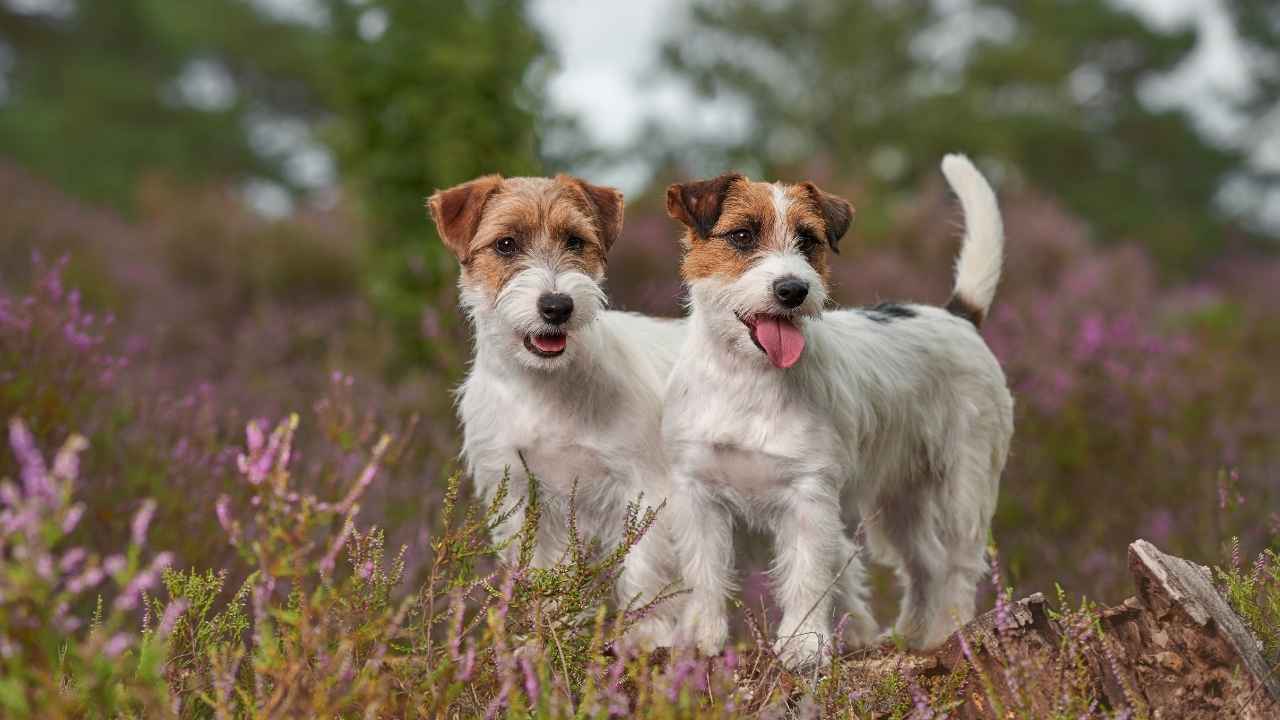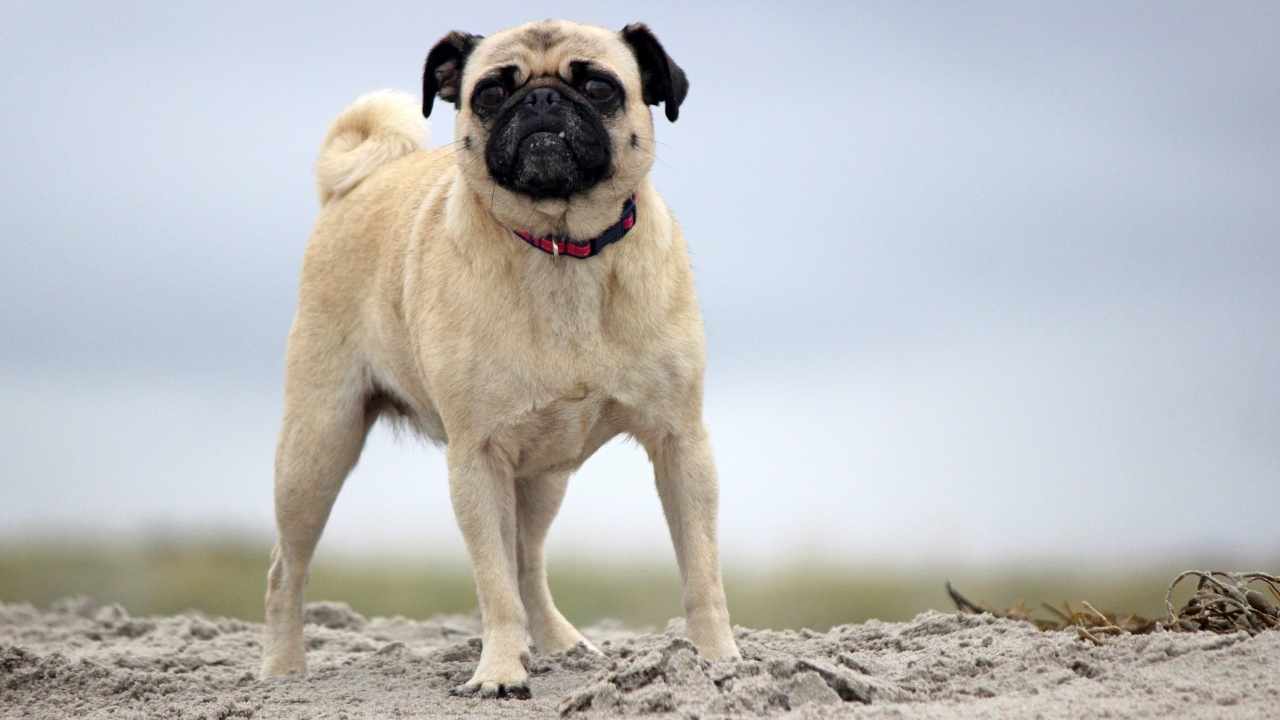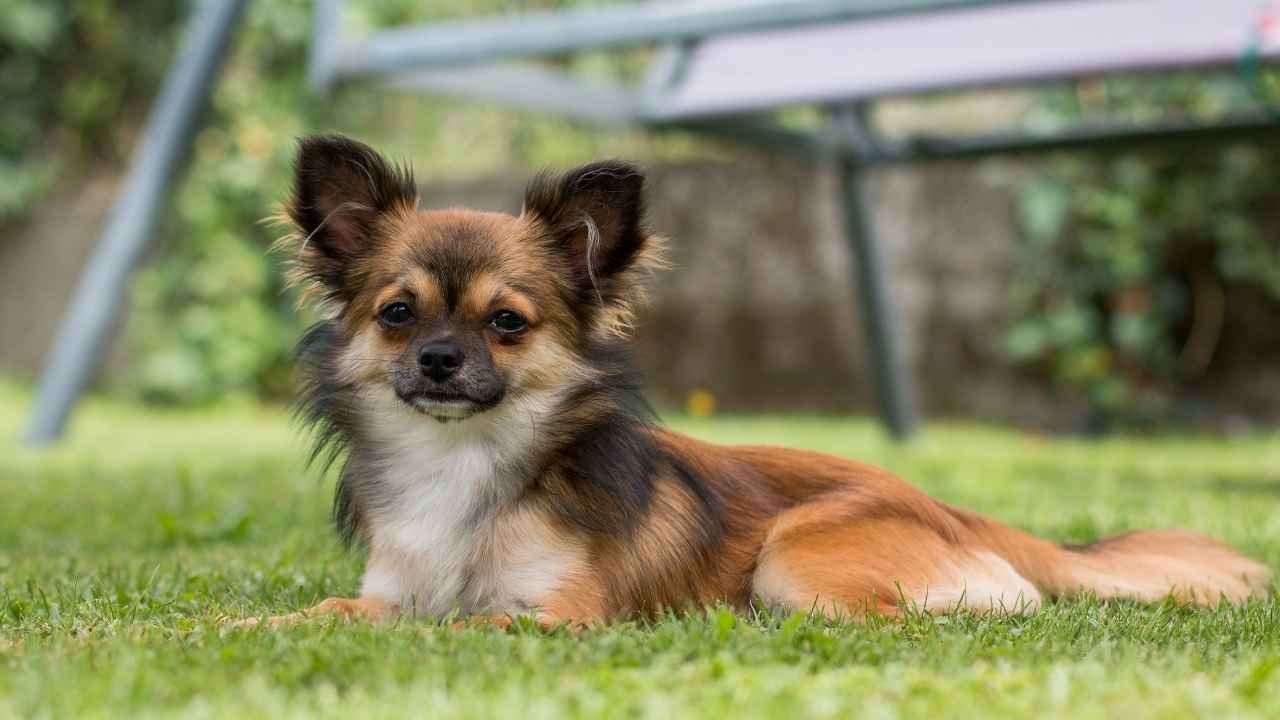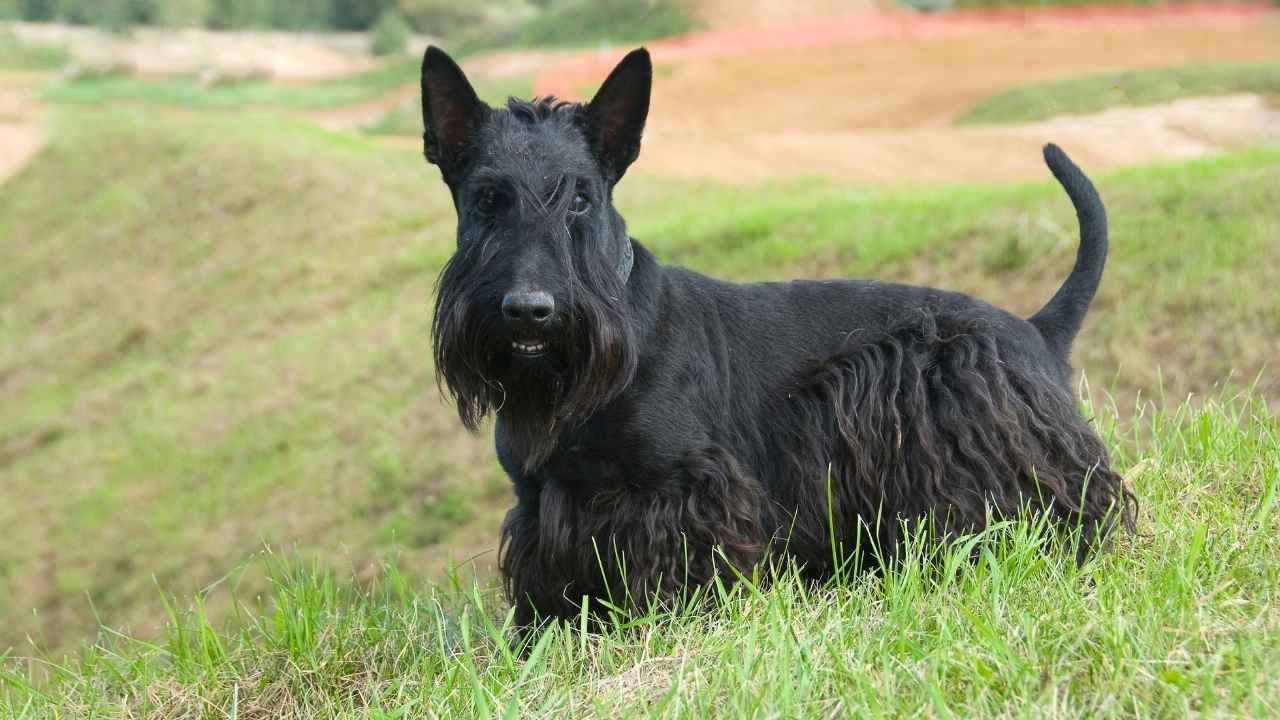Training small dog breeds can sometimes be deceptively challenging, as their size belies their often independent and spirited natures. While they might be tiny in stature, these pint-sized pooches often exhibit robust personalities that can test even the most patient and experienced dog owners. In this guide, we delve into the seven hardest small dog breeds to train—each with their unique quirks and difficulties. From stubborn tendencies to high intelligence that can outsmart their trainers, these breeds demand extra effort and creativity, but ultimately, they reward dedication with a bond like no other.
Training a dog can be a rewarding yet challenging experience. For small dog breeds, their compact size often belies their larger-than-life personalities and independent streaks. While many dogs eagerly respond to positive reinforcement and consistent training, certain small breeds present unique challenges due to their stubborn nature, independent thinking, or high energy levels.
Understanding these breeds and their quirks is the first step toward successful training. Whether you’re a first-time dog owner or an experienced pet parent, knowing what to expect can make all the difference in fostering mutual respect and achieving desired behaviors.
Here are some of the hardest small dog breeds to train and tips to navigate their training process effectively.
Hardest Small Dog Breeds to Train
1. Dachshund
Dachshunds, affectionately known as “wiener dogs,” are famous for their lively and independent attitudes. Originally bred as hunting dogs, they have a keen sense of smell and a strong prey drive, making them intelligent but notoriously stubborn. This distinct streak often manifests as digging holes, chewing on shoes, or chasing other pets.
Dachshunds can be quite headstrong, making early and consistent training essential. Their hunting instincts can also make them easily distracted, so training sessions should be engaging and rewarding.
Training Tips
Begin training the moment your Dachshund arrives home. Focus on positive reinforcement techniques and keep training sessions short to match their attention span. Crate training can be used to manage their tendency to get into mischief when unsupervised. Providing mental stimulation through interactive toys or games can also keep them occupied.
2. Lhasa Apso
The Lhasa Apso is a breed with a mind of its own. These small yet regal dogs were historically used as watchdogs in Tibetan monasteries, which explains their independent and rigid nature. New owners often discover that training a Lhasa Apso requires more patience and persistence than expected.
As mentioned in Royal Canin, Lhasa Apso are one of the hardest dog breeds that do not allow themselves to be bossed about. They thrive on routines and need clear boundaries to prevent unwanted behaviors.
Training Tips
Use reward-based methods to motivate them. Early socialization is crucial to help Lhasa Apsos adapt to new environments and avoid developing undesirable habits. Frequent and short training sessions paired with positive reinforcement can yield the best results.
3. Shiba Inu
The Shiba Inu is as dignified as it is independent. Originating in Japan, these dogs were bred for hunting and guarding, which contributes to their strong-willed personality. This active breed still has very strong prey instincts as they will run after pretty much anything that catches their attention.
Purina states that given their high energy and bold nature, they’re not recommended as a first-time pet. Their aloofness and intelligence can make them challenging to train, as they often prefer to follow their own rules. Their natural inclination to make decisions on their own terms can be managed with structured training.
Training Tips
Shiba Inus need experienced owners who can establish themselves as confident and consistent leaders. Training should focus on building mutual respect and utilizing high-value treats to hold their attention. Regular exercise and mental nourishment are essential to channel their energy productively.
4. Jack Russell Terrier
Energetic, intelligent, and determined, Jack Russell Terriers are small gorgeous dogs with big personalities. Bred for fox hunting, they possess a strong prey drive and elevated energy levels. These traits, combined with their stubborn nature, make them a handful for first-time pet parents.
According to PetMD, this intelligent dog has almost as much personality as he has energy. Hence, making it a playful and clever dog who has a stubborn streak during training. They may be excessive barkers if their energy is not expended regularly, and they may also dig in the yard if not stimulated and exercised.
Training Tips
Ensure your Jack Russell gets plenty of physical exercise and intellectual nourishment to prevent destructive behaviors like digging and excessive barking. Coaching sessions should be engaging and varied to keep them interested. Caretakers should emphasize the value of positive reinforcement to encourage good behavior and reduce stress during training.
5. Pug
While Pugs are generally loving and eager to please, some individuals in this breed exhibit a stubborn streak. Their playful and affectionate demeanor can sometimes make them distracted during training sessions.
As noted by Britannica, this challenging dog is confident without being foolhardy, active without being hyperactive, and loving without being clingy. Pugs can thrive with consistent training methods that focus on patience and repetition. Their sociable nature makes them responsive to reward-based training.
Training Tips
Keep training sessions fun and consistent. Use practical reinforcement techniques to encourage good behavior and ensure they get plenty of social interaction to avoid boredom. Incorporating play into their training routines helps to keep their attention and make learning enjoyable. Providing mental stimulation through interactive toys is also highly beneficial.
6. Chihuahua
As the smallest breed in the dog world, Chihuahuas often make up for their size with a larger-than-life attitude. AKC states their sass and independence can make them challenging to train, especially for novice owners.
Chihuahuas are highly intelligent but require early and consistent training to curb their dominant tendencies. They respond well to patient and persistent efforts.
Training Tips
Chihuahuas need firm but gentle training methods. Be consistent in enforcing boundaries and use treats and praise to reward good behavior. Early socialization is key to curbing their bossy tendencies. It is important to create a structured environment so they can be properly trained. Regular engagement and positive reinforcement techniques ensure long-term obedience.
7. Scottish Terrier
Scottish Terriers, or Scotties, are known for their bravery and loyalty. However, their independent streak can make training a challenge. Historically bred to hunt small game, they have a strong sense of determination and often believe they’re in charge.
This loyal dog requires early socialization and dedicated training to prevent them from developing bad habits. Because of their stubborn streak, you must train them with a firm, constant hand but at the same time with sensitivity and gentleness.
Many Boston Terriers have a difficult time with housebreaking. This requires patience, persistence, consistency, and a sense of fairness. They will benefit from an owner who can provide firm leadership without being harsh.
Training Tips
Start training early with a focus on basic obedience and house rules. As a result, you must watch them carefully during house training and rush them outdoors at the slightest indication of their need to relieve themselves. Lavish praise is the most useful tool for training Boston Terriers.
Use training treats to maintain their interest during sessions. Engaging them with interactive games or activities can also prevent boredom.
Conclusion
Training small dogs with strong personalities and rigid natures can be a test of patience and perseverance. However, with consistent coaching methods, positive reinforcement, and a deep understanding of their unique traits, these breeds can become wonderful family pets.
While many intelligent breeds like the Australian Cattle Dog and Australian Shepherd excel in obedience tasks, their high energy levels and need for mental stimulation can make them a challenge for first-time dog owners. Similarly, dogs like Basset Hounds, Afghan Hounds, Bull Terriers, Chow Chows, and even larger breeds like the Siberian Husky are known for their stubborn streaks, but they aren’t included in our list as they don’t fall into the category of small dogs.
So, even if you are a parent to one of the dogs mentioned above, the key lies in building mutual respect and providing them with proper training. By following the tips outlined above, you can effectively train even the hardest dog breeds and foster a strong, trusting relationship with your furry friend.
Training small dog breeds can present unique challenges, often due to their spirited natures and independent minds. The seven hardest small breeds to train typically include those with strong-willed and stubborn temperaments, such as Dachshunds and Jack Russell Terriers. Despite their size, these dogs possess remarkable energy and intelligence, requiring patience, consistency, and positive reinforcement from their owners. Successfully training such breeds fosters deeper bonds and enhances mutual respect. While the journey might be challenging, the rewards of having a well-behaved, loyal companion make the effort worthwhile, underscoring the importance of tailored training approaches for each breed’s specific needs.

